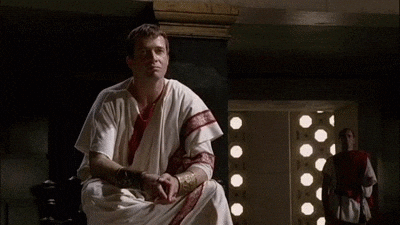I have just logged and mapped the 200th coin for Cornwall on the PAS! This week alone I have done 100 coins and am making incredible progress alongside my university work. There's about another 600 more to go before I'm done with Cornwall and I'm hoping to be done around April time, then by May/June publish my first County Report on here.
It's also worth noting the Isles of Scilly are complete, due to limited finds on the islands. They will not have their own report but rather a small section of the Cornwall report will be devoted to them.

I can give a very brief report on what trends and such I'm seeing as of now: It seems as though trade is most prevalent in the 2nd Century CE and in particular concentrated in the southern parts of Cornwall, such as the Lizard Peninsula and Penwith peninsula. If this trend continues (bearing in mind I'm only about a quarter of the way through Cornwall's logged coins) then it could be indicitive of two things; very active ports used for trading, and shipwrecks. Active ports, most likely for shipping Cornish tin and copper and bringing in various Roman goods, are very indicative of a prosperous economy and trading relations between Cornwall and the rest of the Empire as well as explaining why the Empire valued Cornwall (which at the time also included modern day Devon), since it was a vast source of tin and copper which could support the Empire. As for shipwrecks, they're useful and indicative of economic activity as well, just perhaps not for Cornwall. Either way, Roman activity in Southern Cornwall, at least as far as the archaeological record is concerned, is far greater than that of Central and Northern Cornwall. The reason why the 2nd Century has far more visible activity than the others is most likely due to the fact that it's the first full century where England and Wales are firmly secured as part of the Roman Empire, it's a century that's relatively stable for the Empire and one that sees much Roman activty and investment in their British lands. Later centuries are filled with turmoil such as with the Gallic Empire, the Great Conspiracy and the recall of the Roman Legions. This turmoil negatively impacts trade and economies and so seeing the data seemingly rise in secure periods and fall in tumultuous ones is unsurprising. It is useful, however, for demonstrating that the impact of such events, is economic as well as social and militaristic, the same as in our time.
Now, on to the next 600, Huzzah!



Commentaires